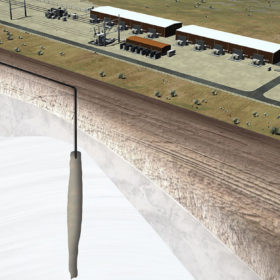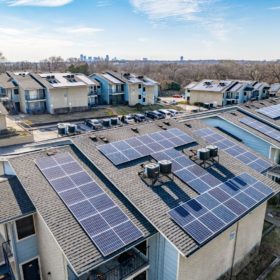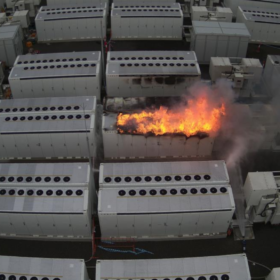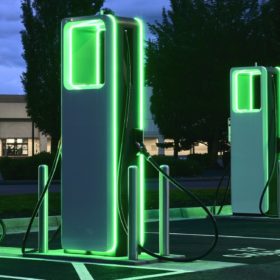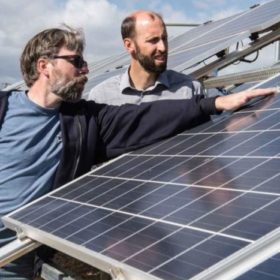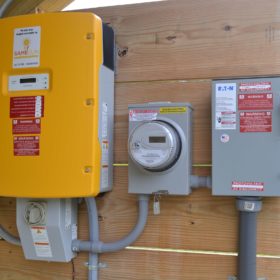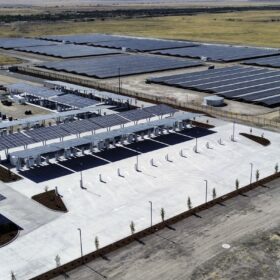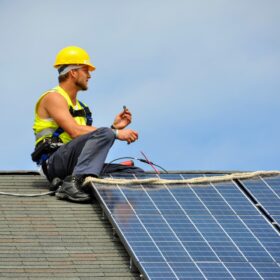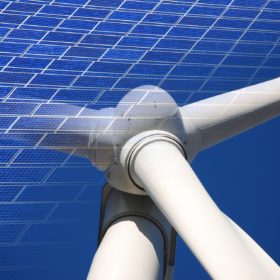California tops the virtual power plant market
Wood Mackenzie report finds that California has more VPPs than the three follow-up U.S. states combined.
Sunnova files for $3.3 billion Department of Energy loan
The company looks to greatly expand its rollout of solar virtual power plant services.
Proposed regional clean hydrogen hubs to compete for $7 billion in DOE funding
Several teams plan to propose regional hubs in which large-scale clean hydrogen production would be paired with industrial and other end-uses for hydrogen. DOE gave examples of technologies that could meet its draft standard for “clean” hydrogen.
Virtual Power Plants (VPP) to unlock energy savings, backup power for renters
VPPs represent an innovative way to efficiently use distributed solar and storage, offering savings and backup power to renters. In California, PearlX and Sunnova, among others, are launching services that connect renters with solar, backup energy storage, and bill savings.
Sunrise brief: Tesla battery fire at PG&E facility now under control
Also on the rise: Battery manufacturing ramping up in the U.S. Real barriers to virtual power plants. And more.
Real barriers to virtual power plants
The technology is available for virtual power plants to be rolled out across the United States, argues Jigar Shah, the director of the Department of Energy’s Loan Programs Office. Their implementation would result in a cascade of benefits, including extending the adoption of distributed energy resources like rooftop PV and lowering electricity costs for consumers.
Making the most of PV and Li-ion battery storage
In the third in a series on virtual power plants, Jigar Shah discusses the range of possibilities for aggregated, behind-the-meter solar and storage in the United States today.
Sunrise brief: Biden presses pause on solar tariffs
Also on the rise: Jigar Shah explains the benefits of virtual power plants in furthering energy affordability. White House takes executive action to spur US solar manufacturing. Solaria settles patent claims against Canadian Solar. And more.
Electrify America EV charging network now 100% powered by renewable energy
The electric vehicle charging network provider signed a virtual power purchase agreement on a 75 MW project with Terra-Gen, and now owns enough generation to support its chargers with 100% renewable energy.
Jigar Shah: Policy action and tech deployments needed for power sector innovation
“We’ve averaged 2.4 cents a kilowatt hour for the last six months for PPAs. That’s actually too low. I think we would be fine at 3.4 cents… I don’t think that solar and wind industries would skip a beat [without their tax incentives], and they have other policy mechanisms.”


